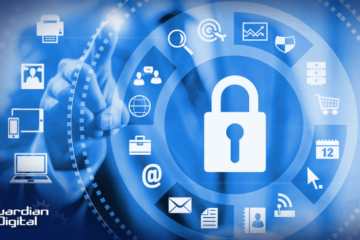We encourage our customers to prioritize email security, with DMARC playing a crucial role in ensuring protection. Here are some key points about DMARC that address common inquiries from our clients:
– SPF and DKIM are essential for email authentication, and DMARC enhances security by dictating how receiving servers should handle emails that fail SPF and DKIM checks. DMARC focuses on the alignment of sending domains to enforce specific policies.
– DMARC validates SPF and DKIM, ensuring that the sender’s IP address is authorized and that the email hasn’t been altered in transit.
– DMARC checks domain alignment in the “From” header against SPF or DKIM, allowing domain owners to control how failed emails are handled.
– DMARC operates at the domain level, checking alignment between SPF/DKIM records and the domain in the “From” header, which is crucial for shared mailboxes and multiple email sources.
– Managing SPF limits and DKIM configurations is essential for organizations with various SaaS applications sending emails, requiring careful management in DNS records.
– Group emails can present challenges, as group email control may modify the “From” address to ensure delivery, even if stricter DMARC policies are in place.
– Subdomains used for email services like Amazon SES require SPF and DKIM records, with the option to configure specific DMARC policies using the “sp” tag for enhanced security.
By understanding the intricacies of DMARC and implementing proper authentication measures, businesses can enhance email security and protect their communication channels effectively.



